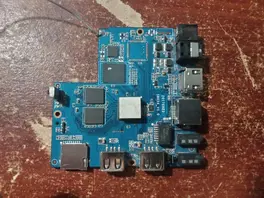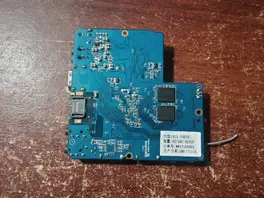Hello everyone, and thank you for allowing me to participate in this forum. I'll try to be brief so as not to waste your time.
Today i was trying to revive an old tvbox that when i was a teen I ended up bricking it. If I recall correctly (it was 7 years ago), I erased the entire Emmc card, causing the box only has a red light and no signal. If I connect the box to the PC to try to revive it with the Amlogic tool, it's not recognized by either the Amlogic tool or Windows itself. I know there's a way to short-circuit the Emmc pins for this severe bricks, but it's very difficult for me to find where to do this since it's a Emmc BGA .
I was thinking that if I removed the Emmc card (I have a hot air station), the box would enter in the upload mode and I could install LibreElec or CoreElec or something similar on the SD card. Would this be a good idea, or is it a terrible angle? I would appreciate it if anyone has a better suggestion and I have provided photos of the board in case anyone has a backup or something of them.
Thank you in advance.![]()



